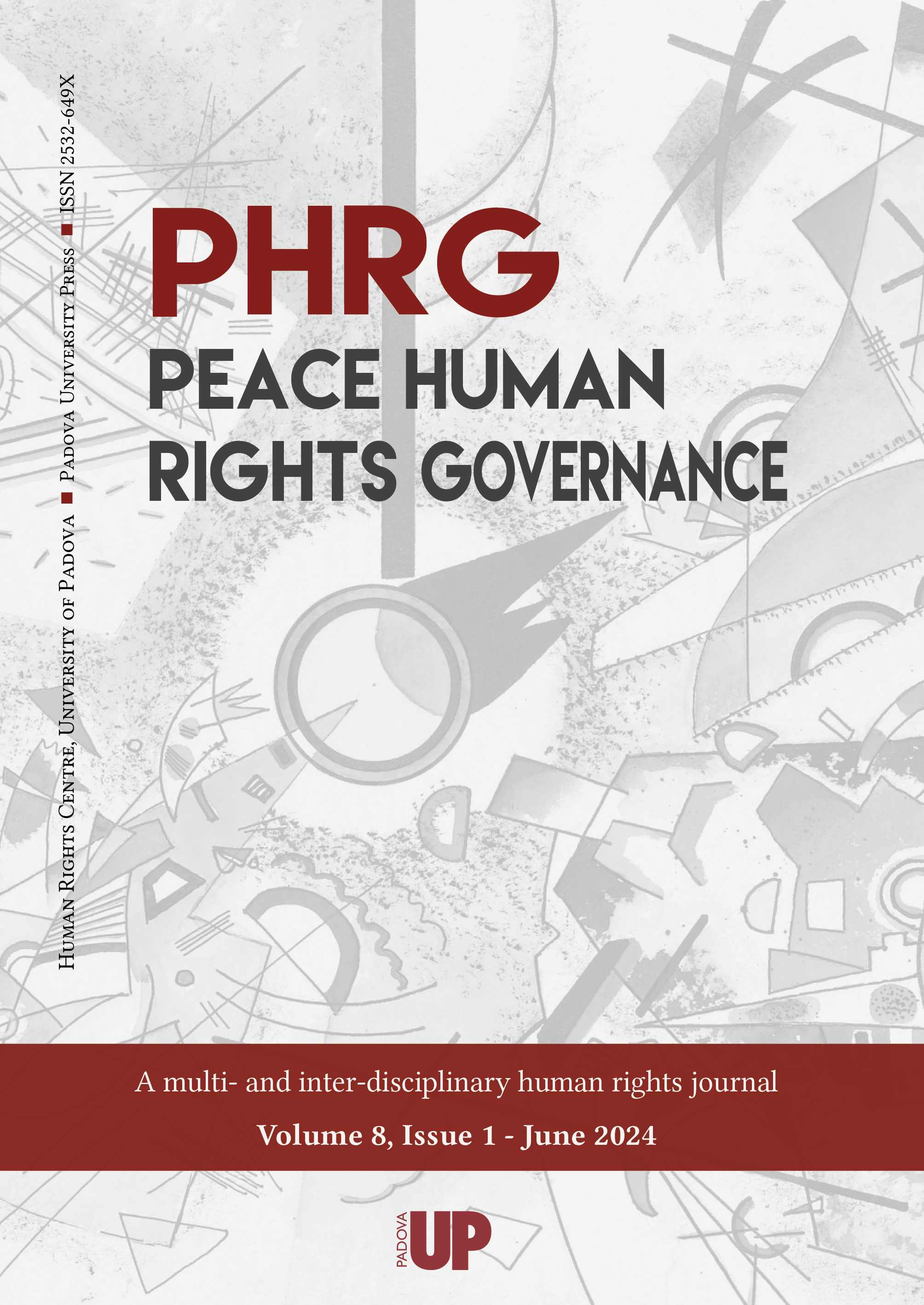Collections

Understanding Vulnerability through the Eyes of the European Court of Human Rights’ Jurisprudence: Challenges and Responses
- Sito internet
- Peace Human Rights Governance 8(1)
- Pubblication type
- Articolo / Saggio
- Pages
- 27-52
- Language
- EN
Amidst the complex landscape of human rights, vulnerability has emerged as a critical concept in the protection of minority groups. Though the European Court of Human Rights integrates multifaceted dimensions of vulnerability within its jurisprudence, a deeper examination reveals troubling inconsistencies in cases related to discrimination against minority groups. Discrimination often perpetuates historical biases and societal norms that marginalize certain communities, and the Court’s current approach intermittently falls short of addressing these deeply entrenched issues. Whilst the Court does employ the concept of vulnerability to highlight states’ affirmative obligations and grave violations, it does so inconsistently, neglecting to thoroughly explore economic disparities, social origins, or cultural biases that could contribute to vulnerability. This inconsistent treatment of certain aspects of vulnerability may unintentionally perpetuate unequal treatment, further entrenching systemic discrimination. The selective use of the vulnerability concept hints at a more profound challenge that confronts the Court in safeguarding human rights. If the Court address specific dimensions of vulnerability, does it leave other marginalized groups without adequate legal recourse or protection, therefore exacerbating the systemic injustices that persist in European societies? This paper examines two principal aspects: the first focuses on the place of establishing a legal definition of vulnerability; the second debates the role of the European Court of Human Rights’ practices in establishing criteria’s of vulnerability. The paper aims to underline the evolution of the Strasbourg judges in incorporating vulnerability into their jurisprudence and explore how, despite an initially cautious approach, the Court has developed a varied and multifaceted use of the concept.

